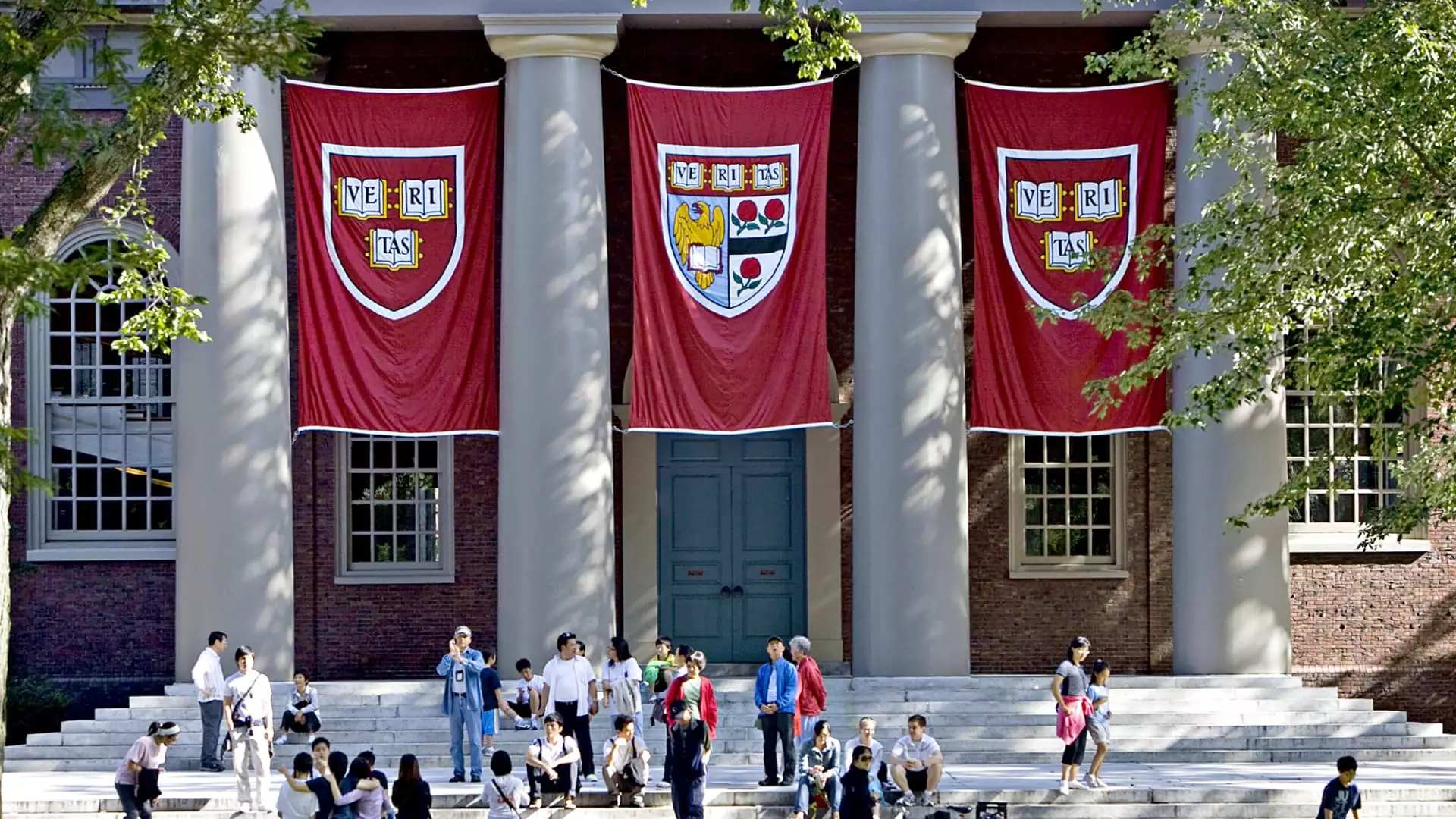In an era marked by soaring education costs, Harvard University’s recent decision to offer free tuition for undergraduates from families earning up to $200,000 is a landmark change that reflects a shift in the higher education paradigm. This is not just a new revenue model; it represents a serious recalibration of priorities for elite institutions. With tuition rates constantly creeping higher—Harvard’s own exceeding $56,000 this academic year—this move arrives as both a relief and a challenge to an educational system many deem increasingly inaccessible.
As the conversation surrounding student debt reshapes the landscape of college admissions, it becomes clear that Harvard is positioning itself to address one of the most pressing societal concerns today. However, despite the underlying altruism of this initiative, it raises questions about the motivations of elite schools and whether these gestures are genuine solutions or just public relations maneuvers in a competitive educational marketplace.
Imitating the Ivy League Trend
Harvard’s announcement is part of a broader trend among top-tier private colleges, many of which have recently escalated their financial aid offerings. The University of Pennsylvania and the Massachusetts Institute of Technology followed suit with similar initiatives aimed at easing the financial burden for families within specific income brackets. While these changes are commendable, they can’t help but evoke skepticism. Are these institutions genuinely committed to promoting socioeconomic diversity, or are they simply reacting to market demand?
When Princeton University raised its financial aid thresholds earlier this year to cover tuition, room, and board for families earning less than $100,000, it not only positioned itself favorably against peers like Harvard but ignited what can be seen as an “affordability arms race.” It’s increasingly questionable whether financial generosity among these schools equates to a genuine effort to promote equity, or whether it’s a tactical response to looming public scrutiny and declines in enrollment.
The Debt Dilemma
A significant factor driving Harvard’s recent changes is the overwhelming burden of student debt on American graduates. Studies show that the fear of insurmountable debt is a top concern among college-bound students, a sentiment palpable in the current generation. A survey by The Princeton Review highlights that many young people are anxious about financing their education; Harvard’s announcement is a step toward mitigating this very fear.
While it’s laudable that more colleges aim to eliminate tuition costs, we must remember that unaided expenses—including room, board, textbooks, and other fees—remain a significant hurdle for many students. A system that only partially alleviates financial burdens risks disguising the true costs of education and falling short of its accessibility promise.
Is it Enough? Doubts Persist
The path Harvard and similar institutions are taking may seem like a comprehensive solution at first glance, but it’s fraught with challenges. The reality of college expenses extends beyond mere tuition; average living costs and educational necessities can drastically inflate the financial barriers students face. Opinions vary—some argue that the free tuition model is potent and progressive, while others insist it falls short of addressing the full range of student need.
Even as Harvard embarks on this noble journey, skepticism lingers. Some experts worry that this financial aid could inadvertently foster a larger divide, where only those attending elite institutions stand to benefit from such programs. The question remains: will these efforts actually create a more diverse student body, or merely offer a veneer of inclusiveness without substantial change?
The Importance of Intentions
Ultimately, Harvard’s decision has ignited a critical dialogue about the accessibility and affordability of higher education. While providing free tuition is a commendable first step, the true measure of success will lie in how well these elite institutions navigate challenges beyond tuition, including living costs and the pursuit of socio-economic diversity.
For some, these steps may symbolize a genuine commitment to inclusivity in education; for others, they may merely demonstrate an ivory tower responding to its own image crises. What remains clear is that the journey toward true educational equity is fraught with complexity, and a single policy, no matter how bold, cannot undo decades of disparity and neglect.

